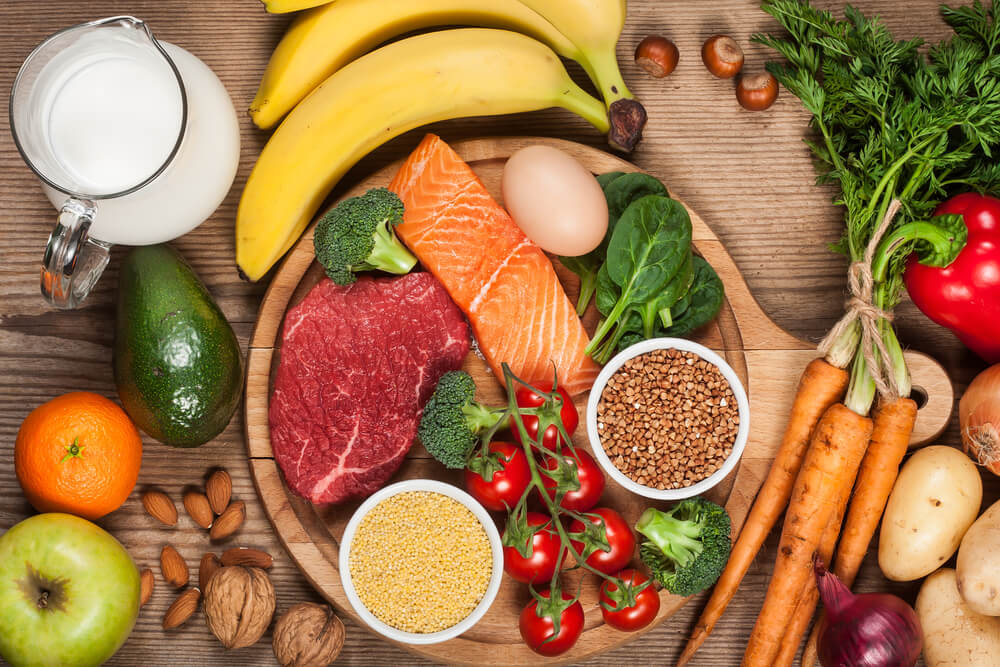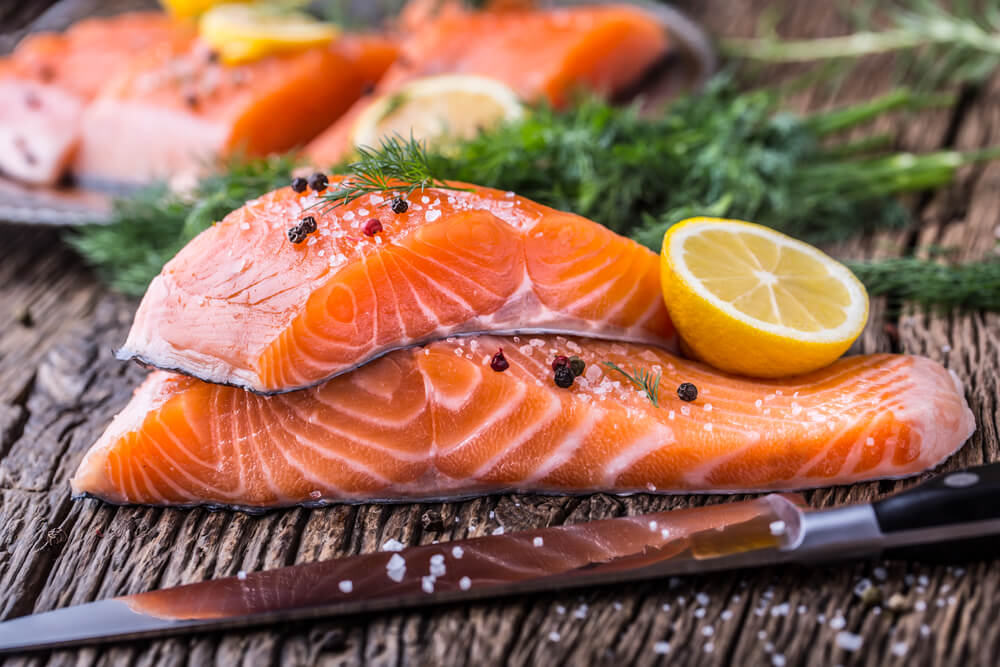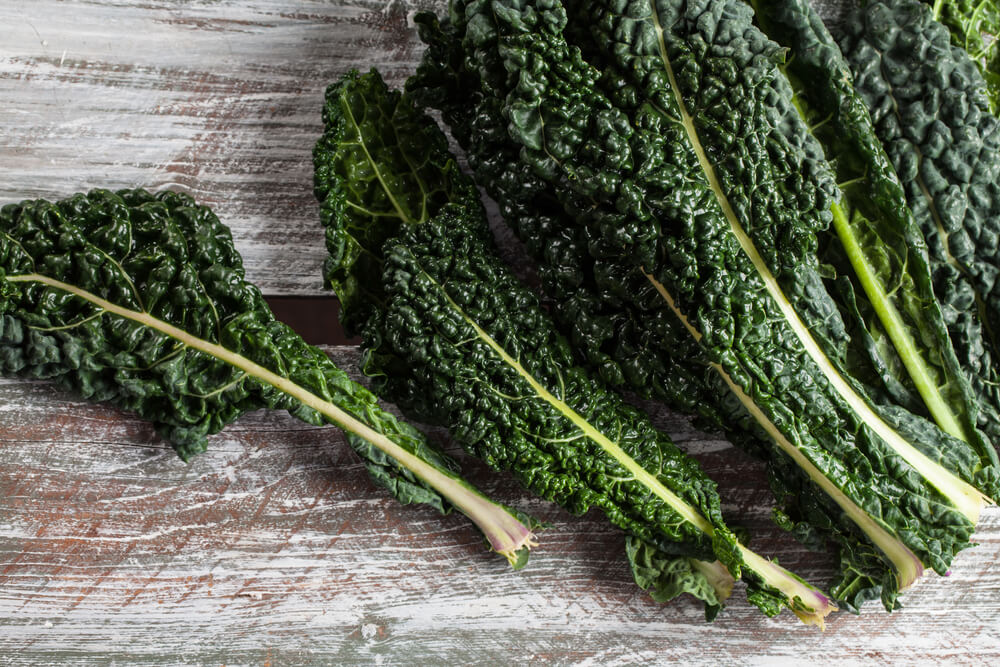 Dieting is tough. If you’re like many people, you’ve sifted through countless Internet pages, books and blogs, all dedicated to dieting and weight loss.
Dieting is tough. If you’re like many people, you’ve sifted through countless Internet pages, books and blogs, all dedicated to dieting and weight loss.
It seems like everywhere you turn there is a new “it” diet out there. One says you should eat everything but carbs, others say you should only eat carbs. There are diets based on regions and others based on only eating food around when our ancestors lived in caves.
With so much constantly thrown at you, wouldn’t it be nice to just have a list of foods that are good for you and can help you lose weight, without all the gimmicks or “cleanse” drinks?
We’ve got that for you right here. Nothing but the best diet foods for weight loss and how each helps. So while there are some good diets out there, most are not clear or easy to follow. This one is.
First, Let’s Talk About Calories
Here’s the thing. Different diets say different things about calories. Some suggest you can eat as much as you want, as long as it falls in certain food groups. Others make you focus on remaining under a certain number of calories.
But what is it?
The clear fact of the matter is, to lose weight, you need to burn more calories than you take in. It’s that simple.
But what about eating fats and sugars and all that? Doesn’t that mean I can eat as much of that as possible, as long as I burn more calories?
The short answer is yes. As long as you burn more calories, you’ll lose weight.
Now, eating fats and sugars do other things do your body that you want to avoid. Here’s the thing with fats and all that. There are 3-4 calories per gram of protein (this does depend on the kind of protein you’re eating). There are 4 or more calories per gram of carbs. And there are 9 calories per gram of fat. This means you can actually eat more proteins (and carbs) while cutting your calories. That’s a major reason why focusing on proteins and cutting out fats is important. It’s because you can eat more (San Francisco Gate, 2016)!
But I’ll Have to Count Calories, Right?
Is there anything more frustrating and even depressing than counting calories?
It’s like you need to break out the abacus to do all the arithmetic, just to know how many calories you’re eating.
At first, counting can help. At least, it will tell you how many calories a food item has. Eventually, you’ll figure out what is good and what isn’t and you’ll be able to stop counting. It’s really more a means of educating you on what’s healthy and what isn’t.
This is actually what makes Weight Watchers so smart. Counting up to 2,000 or so calories every day takes a good amount of effort (and you only have so many fingers to count). Instead, it uses a point system. You are given a set number of points, and everything you eat comes with certain points.
While Weight Watchers does use a more complex algorithm for identifying what you should or shouldn’t eat, much of this is pegged to the caloric intake. It just simplifies the process.
But back to the original question. You should count calories at first, just so you understand how many calories goes into that piece of chicken or the protein smoothie. Once you have that all figured out, you can stop counting (WebMD, 2018).
A List of The Best Diet Food
Eggs
Eggs are one of the very best foods you can eat. A single egg has about 6-7 grams or protein and only around 70 to 80 calories (these numbers do depend on the size of the egg). That means you could net 21 grams of satisfying protein and only consume around 240 calories. While you might want to avoid drinking them raw like Rocky, there are all sorts of ways you can prepare your eggs to ensure it’s tasty. If you have cholesterol problems, you can ditch the egg yolk, or go for egg white offerings at the store (there are products that are 100% egg whites). You’ll still retain most of the protein too!
Gruyere Cheese
Not all cheeses are created equal. Gruyere cheese is packed with a solid eight grams of protein per single ounce. If you’re not familiar with this type of cheese, it has a bit of a nutty flavor to it (which makes it great with toasted whole wheat bread. Or, crumble it up in a leafy green salad for more hunger beating protein. You may assume cheese is just going to add to your weight, but actually it has been proved that those who include a serving of cheese in their diet every day are actually, on average, thinner (Weight Loss Resources, 2016).
Sprouted Grain Bread
Bread doesn’t need to be bad for you. It’s all about finding the right kind of bread.
First, don’t even consider white bread. Those white bread loafs of “enriched” bread are packed with sugar, salt and all sorts of other, not so great ingredients. Going with artisanal bread, like French bread or others is better, because it does ditch the sugar (at least most of it), but you can do better. 100% whole wheat grain flour, especially 100% whole wheat artisanal bread it a solid option, but if you want to really go all the way, you’ll want to consider sprouted grain bread (Food For Life, 2016).
Sprouted grain means the grains were soaked in water and actually started to sprout before being turned into the grains for your bread. This ditches the sugar and salt. It’s also much easier on the digestive tract, and a plus if you have gluten allergies. Plus, because it is already sprouted, the nutrients are right there and ready for your body to absorb.
Beans
Sure, you sang songs about beans, beans, the wonderful fruit as a kid (beans are not a fruit, of course), but beans are great for packing in the protein, not to mention an excellent source of fiber. Adding in a half cup of beans into a soup, chili or salad instantly adds in that necessary protein, which helps you feel full, longer. It’s also a great option if you decide to go vegan and want to avoid the meats, cheeses and eggs. In fact, for vegans, eating beans is crucial.
As long as you’re not turning to refried beans (mashing up beans is fine, it’s more of what most places put into the mash, not to mention it’s easy to over eat), most beans are fine. Kidney beans and black beans are some of the best.
 Ancient Grains
Ancient Grains
This is one of those trendy diet offerings, but there is good reason for it. Yes, you may not have heard of quinoa before, but you need to keep it stocked up. Quinoa has several interesting things going for it.
First, it’s what you would call an “ancient grain.” It means it hasn’t been cross bread and tinkered with through countless generations like most other modern plants. So it falls under the same serial category as wheat and oats. However, there is a major difference between quinoa and these other grains. It is a complete protein.
Proteins are made up of amino acids, but most plant based proteins do not have many of the most important amino acids commonly found in meat (it’s why, usually, meat based proteins are seen as better, more complete options over plants).
However, quinoa has the same amino acid profile as meats. Include the added source of fiber and you’ll quickly discover why quinoa needs to be kept in your cupboard.
Amaranth
Amaranth is like the cousin to quinoa. It actually has more protein per cup (its also another South American “ancient” grain). Now, this doesn’t have the same complete protein makeup as quinoa, but it is one of the best foods on this entire list that helps fight high blood pressure. It also is great when you want to add a bit of crunch for veggie and fruit salads (you don’t need to cook it like quinoa).
The third ancient grain worthy of mentioning, Teff has more protein per cup than quinoa and it also has the complete protein complex (with all the necessary amino acids). A single serving also has 30 percent of your daily iron, not to mention fiber. You can also cook it like risotto. The only reason it’s not higher on this list is because it’s not as widely found as quinoa (yet, but give it another year or two) and it’s also much more expensive.
Peanut Butter
Peanut butter can get a bit tricky. It’s healthy, a great addition to 100% whole wheat bread, not to mention packed with proteins and healthy fats, but you need to watch how much you eat and focus on the right kind of peanut butter.
For starters, lets look at the “right” kinds of peanut butter. Turn the jar over and look at the ingredients section. It needs to only say: peanuts, salt. That’s it.
If it says anything else put it back on the shelf. You’d be amazed as to just how much sugar is pumped into most kinds of peanut butter. In fact, give this a little try. Switch to the peanuts/salt peanut butter for a jar. Then, just try the other kind at a friends house. You’ll be blown away as to just how sweet it tastes. It’s chalked full of sugar, high fructose corn syrup and other sweeteners.
Second, watch how much you eat. A single serving is around a table spoon or so. If you’re not careful, it’s really easy to slather on 600 calories worth of peanut butter (you could eat almost half a chicken for that amount). In fact, most of the “healthy fat” offerings you eat are like this. Avocado is another prime example. Everyone craves about how healthy avocados are, but if you eat an entire one, you’re loading up on tons of calories and overdoing your needed healthy fat intake.
So keep this in mind: if you can use it for a spread, be very mindful of the serving size.
 Salmon
Salmon
Salmon comes packed with lean proteins, healthy fats (without going overboard) and all sorts of nutrients. Really, most seafood in general is great for the diet.
 Leafy Greens
Leafy Greens
It’s important for you to stock up on leafy greens. This includes spinach, lettuce, kale and others. These are packed full of vitamins and fiber, are low in calories and can go with just about anything.
Anything With Wings
You’ll want to skip the all you can eat chicken wing buffet at the sports bar, but anything with wings is going to offer you a great source of lean protein. Whether chicken, quail, turkey, game hens or just about anything else, there are a million different ways to cook these kinds of animals and you’ll always have the needed protein to keep you feeling full and bursting with energy. You just need to make sure it isn’t deep friend or anything like that. Skip the fryer and you’ll be good to go.
In Conclusion
Dieting doesn’t need to be difficult. Once you clear up all the confusion you’ll have a much better idea as to what you need to do and what you should eat. It does take a little bit to get use to. If your body has become accustomed to sugars and salts, it will crave these ingredients early on.
However, after a few days on your new diet, your body will adjust and you’ll feel better than you have in a long time. You’ll have more energy and will feel less tired. All of this helps improve your regular productivity. so, if you’re ready to really up your ability to eat right and drop the weight, all you need to do is focus on these foods and the rest will take care of itself.
Terry Asher
Latest posts by Terry Asher (see all)
- Better Family – Product Review Liquid Daily 2 oz - Dec 16, 2024
- Post-Workout Recovery: The Key to Optimal Performance - Nov 25, 2024
- Pre-Workout Supplements – Everything You Need To Know - Nov 18, 2024












[…] via- https://gymjunkies.com/best-diet-food/ […]
[…] sustainable. It’s a way of life. It’s a diet you can abide by and live comfortably. Quick weight loss is exactly that: drop the pounds fast. Your entire goal is to make weigh in at a set […]
[…] life. It’s a weight-reduction plan you’ll be able to abide by and reside comfortably. Fast weight loss is precisely that: drop the pounds fast. Your complete aim is to make weigh in at a set […]
WEIGHT LOSS can be boosted if you add this type of diet to your meal. Thanks for sharing this post with us.
[…] how much weight they lost right out of the gate. Not to burst their bubble, but with just about any fad diet out there, the first few days of weight loss is all water […]